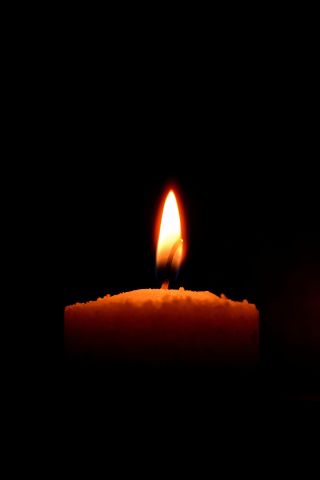Grief
How to Grieve War and Its Atrocities
A Personal Perspective: Finding happiness even in the face of global suffering.
Posted October 19, 2023 Reviewed by Michelle Quirk
Key points
- Practicing the art of grieving offers lessons and learning not available through any other method.
- We can stay present to those in the conflict's hopes for themselves, their families, and their communities.
- We can unite in sorrow as our compass points toward mourning loss and widening our hearts.

Practicing the art of grieving throughout the years and using the arts to do that has continually offered me lessons and learnings not available through any other method. A profound example is the lessons I learned in how to grieve when war was declared in Israel.
I was out of the country—off the grid, so to speak—when war came. A text from a student who lives in Israel and who regularly attends my online Friday morning class alerted me. I knew that David and his wife had moved to Israel from Pittsburgh relatively recently to be close to children and grandchildren, so I thought that many members of his family could be at risk. So, on my trip home, through airport lounges and while seated on several planes, I closed my eyes often and sent compassion and peace to David and his family and all those living in harm’s way. Seeing David’s face on the screen brought instant relief and joy as he connected with us on Zoom for the class. He described that he had learned about the conflict when he was at the synagogue. Everyone was sent home to shelter in the sealed-off rooms that most apartments and homes in Tel Aviv have, so he and his family were feeling safe.
When we played our “I could talk about ...” game, David mentioned he could talk about how good it felt to be greeted with “soft tones and smiles" and he could also talk about his "deep desire for ease.” He couldn’t stay until the end, but the group decided to finish our time together by dancing on his behalf, which is the InterPlay form we consider a prayer.
Looking up at the list of songs on my playlist to select one to accompany our dancing for this occasion, the song “Kinder “by the acapella singing group Copper Wimmin caught my eye. I was especially drawn to the album’s title, which I had never noticed before—“The Right to Be Here.” A strong kinesthetic signal in my body confirmed this was the song for this occasion.
As the other participants and I followed and led one another through the dance, the song took me to a place that its lyrics suggested. In the face of horrific war, injustice, fear, and death, “I decided to be happy, I decided to be glad, I decided to be grateful, for all I ever had.” We felt those sentiments and sent them to David.
Later that afternoon, I realized how good I had been feeling since the morning visit with David and dancing on his behalf. I questioned whether feeling good was the right response to the difficult situations that people I know and people I don’t know are facing around the globe. Just about then, a notice came into my email box to join a "Community Vigil for Our Collective Pain," sponsored by one of my favorite organizations, Reimagine. Their mission is to host programs that reimagine loss and channel life’s challenges into meaning and growth. This opportunity seems just the right one for me on this occasion.
I joined 146 other people online as the organizers made clear what kind of space this was to be—“to unite in sorrow as our compass points towards mourning loss and widening our hearts with love.” They were clear, also, about what kind of space it was not. It was not “a blaming space, a religious space, a political space, or a solution space.” While the complexities of this world-shaking event include elements of all of that, we were intent on grieving our collective pain.
Musician Phoenix Song greeted us by playing the flute, as a visual of a flower-adorned altar was interspersed with her image on our screens. The director outlined the ceremony and invited us to light a candle in the spaces where we were coming in from around the world. Several participants repeated the line, “In lighting our candles, we mourn division, terrorism, violence, war, trauma, hatred, and all that is disconnected from love.”
Phoenix Song led us in a meditation ceremony involving chanting three "ah"s for ourselves, three "ah"s for one another, and three for the world and those affected by the conflict beyond our screens. We repeated chanting these "ah"s to send loving kindness, then compassion, then joy, then ease, and then equanimity.
When we extinguished our candles, several people repeated the line, “We release light into our world to keep alive hope and the memories of those we honor, today, tomorrow, and for the rest of our lives.” The session ended in breakout rooms, and I was partnered with a man from Australia.
He mentioned that news of this war was coming to his family as they are in mourning for his wife’s sister who had died by suicide a few weeks ago. I expressed my condolences to him and his family, realizing again that personal and family losses continue to occur and overlap with the larger societal ones.
That evening I played the song again for myself and moved to it to reinforce those decisions that the song had had me make, “I decided to be happy, I decided to be glad, I decided to be grateful, for all I ever had.” Instead of asking myself, "How can you be happy when so many in this world are suffering?", the question needs to be "How can you not keep present to what everyone in the conflict is hoping for, for themselves, their families, and their communities?" Could it be the obligation of those of us not living in the center of the storm to keep alive the loving peaceful energy that we need to get us all there?
References
Check out the Reimagine website: https://letsreimagine.org




